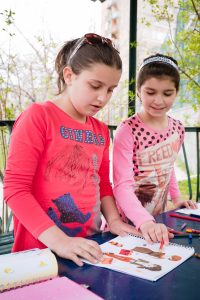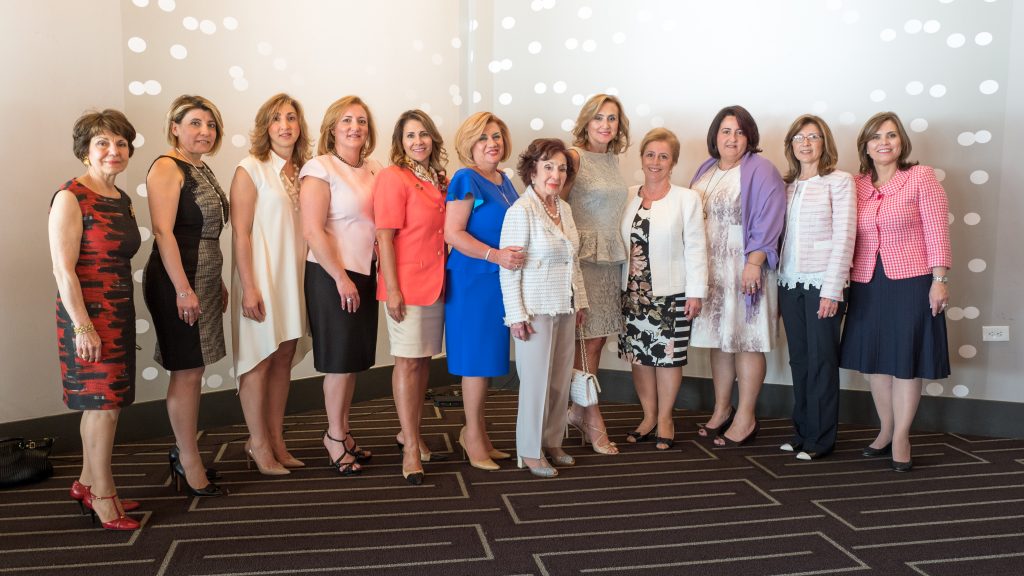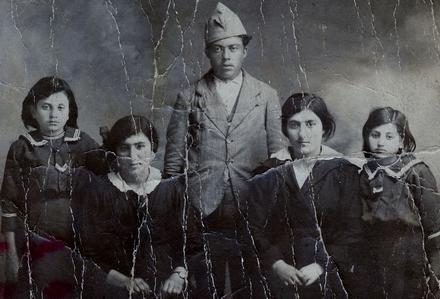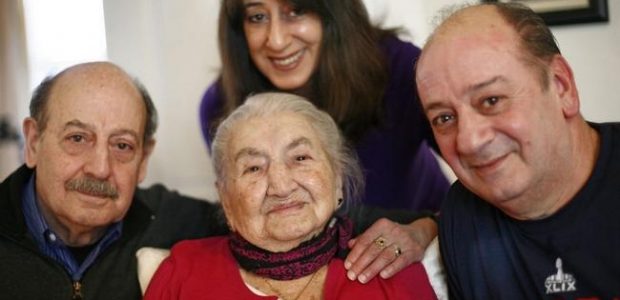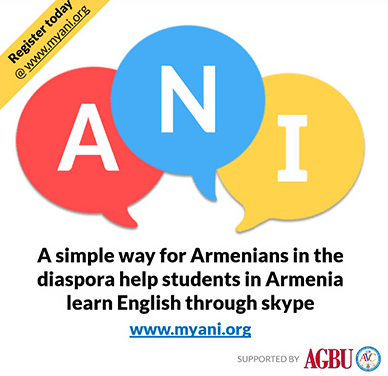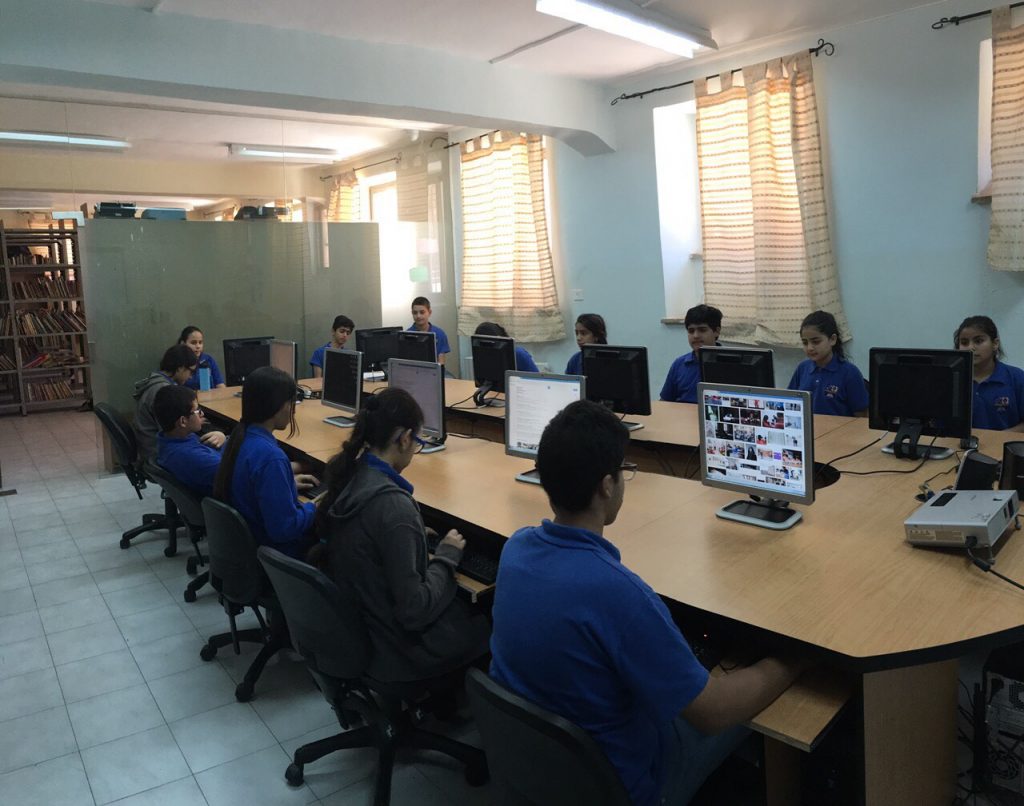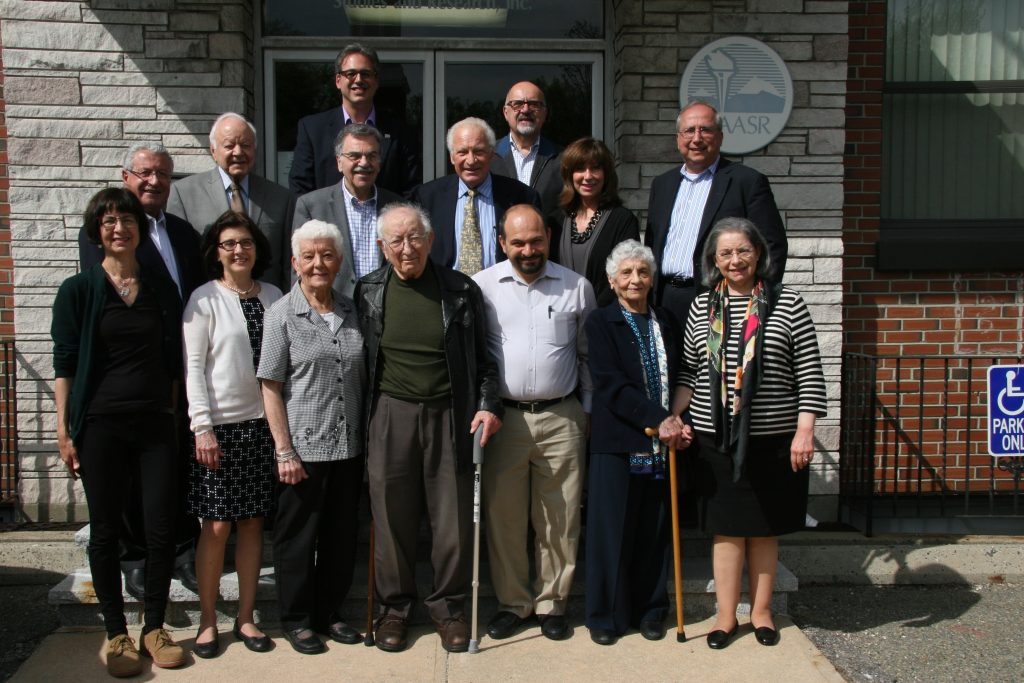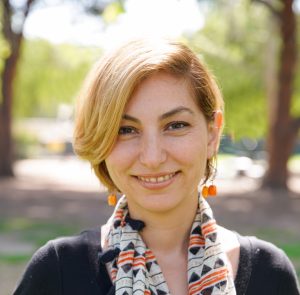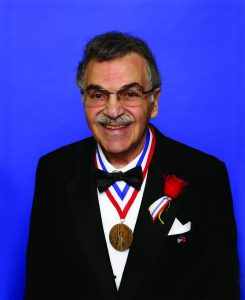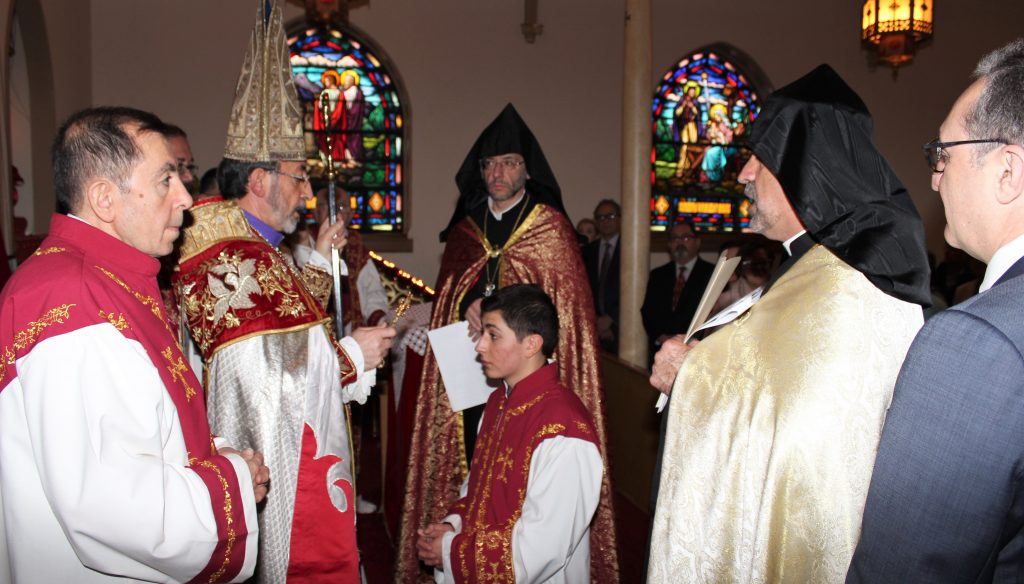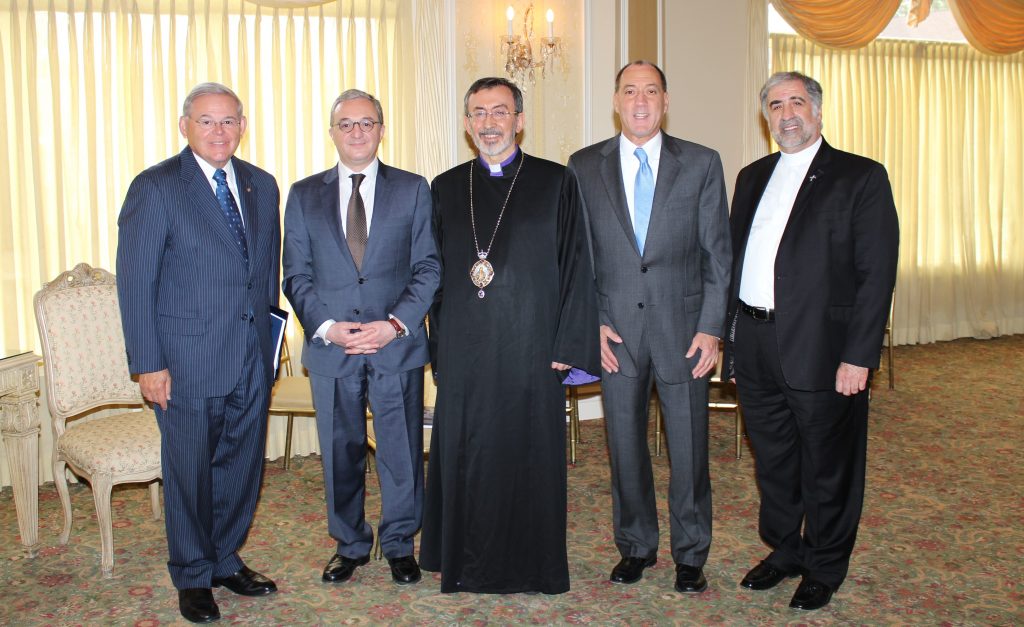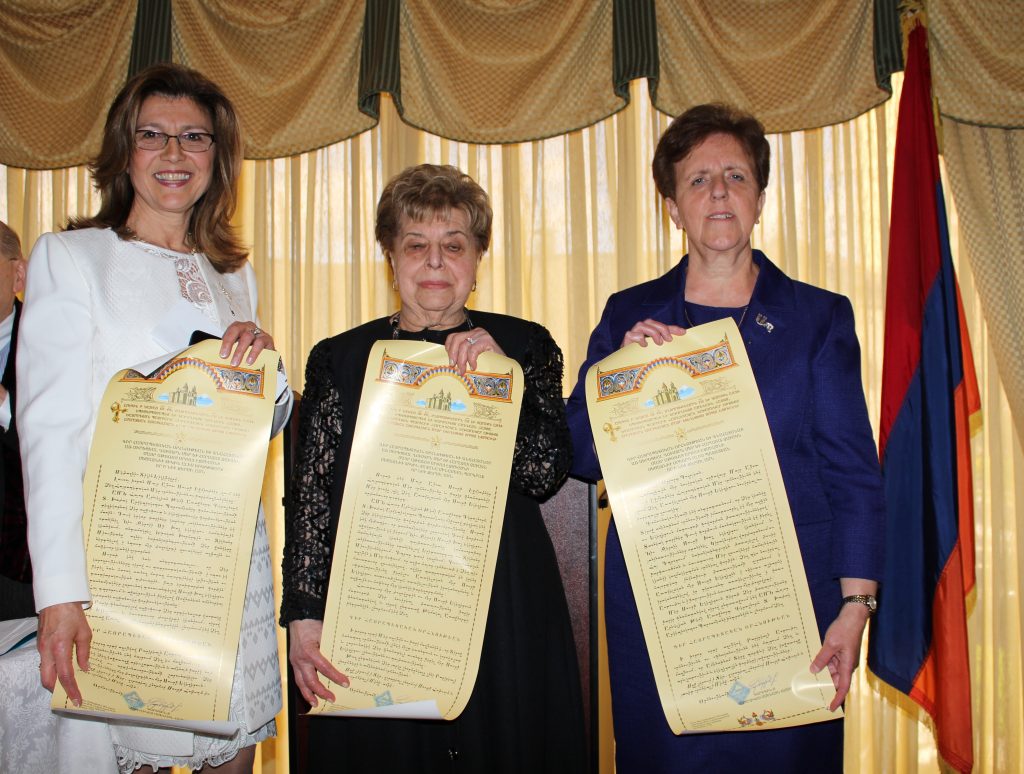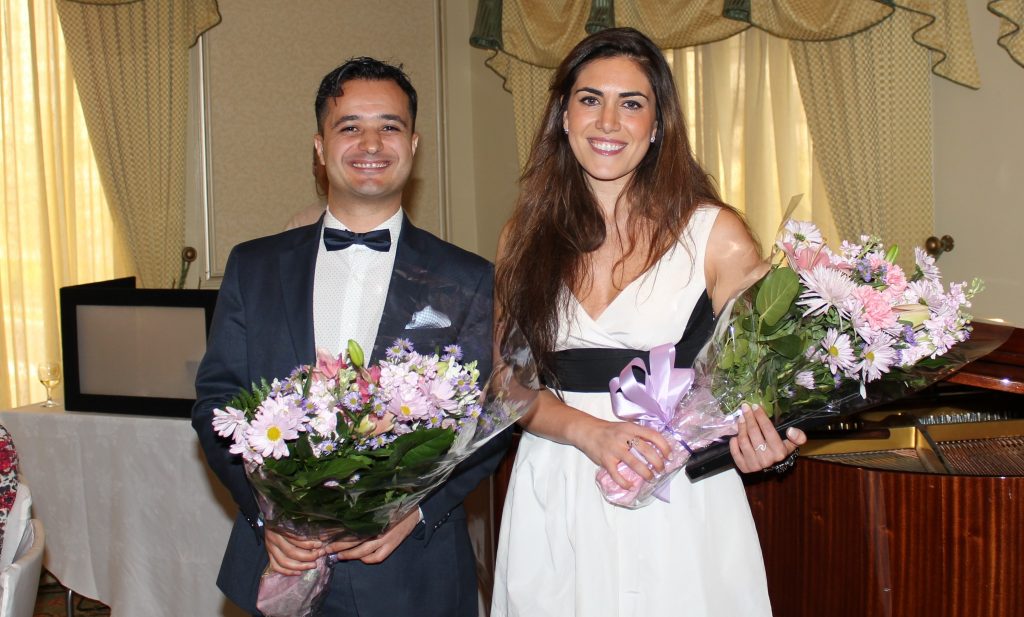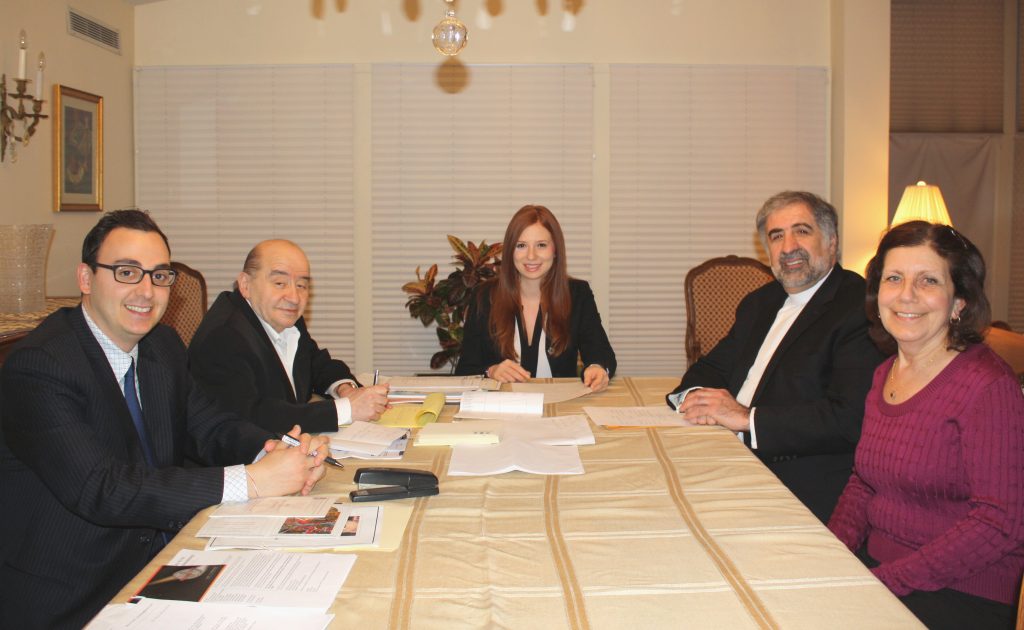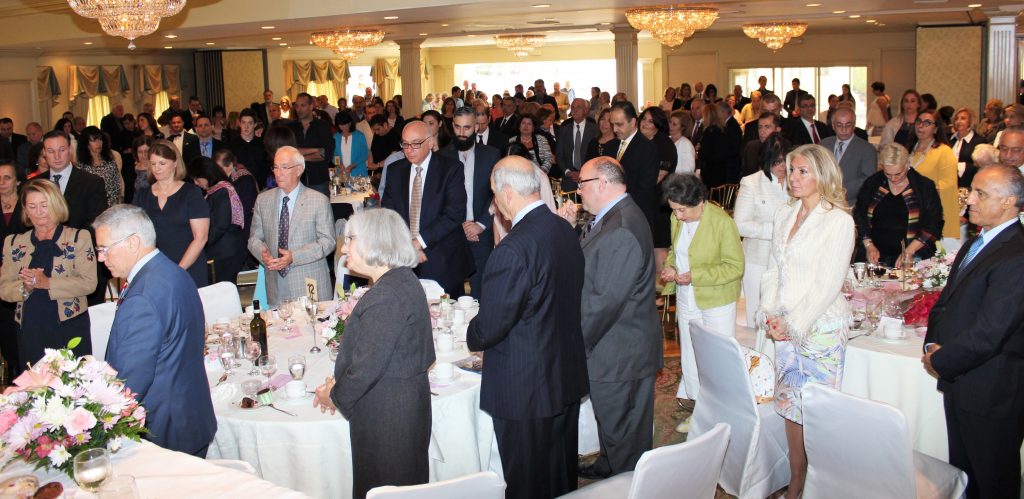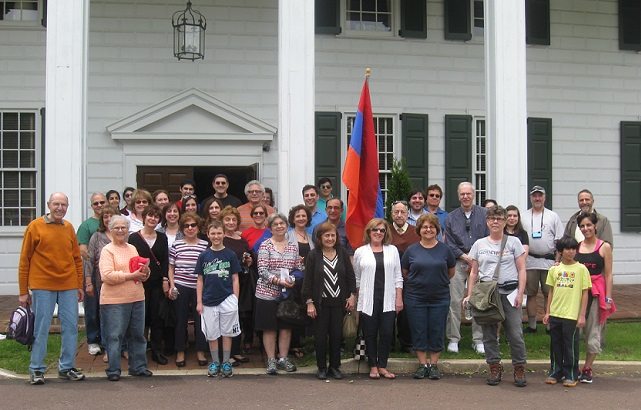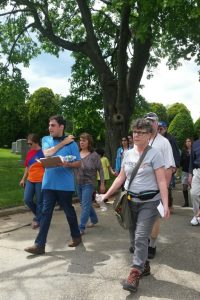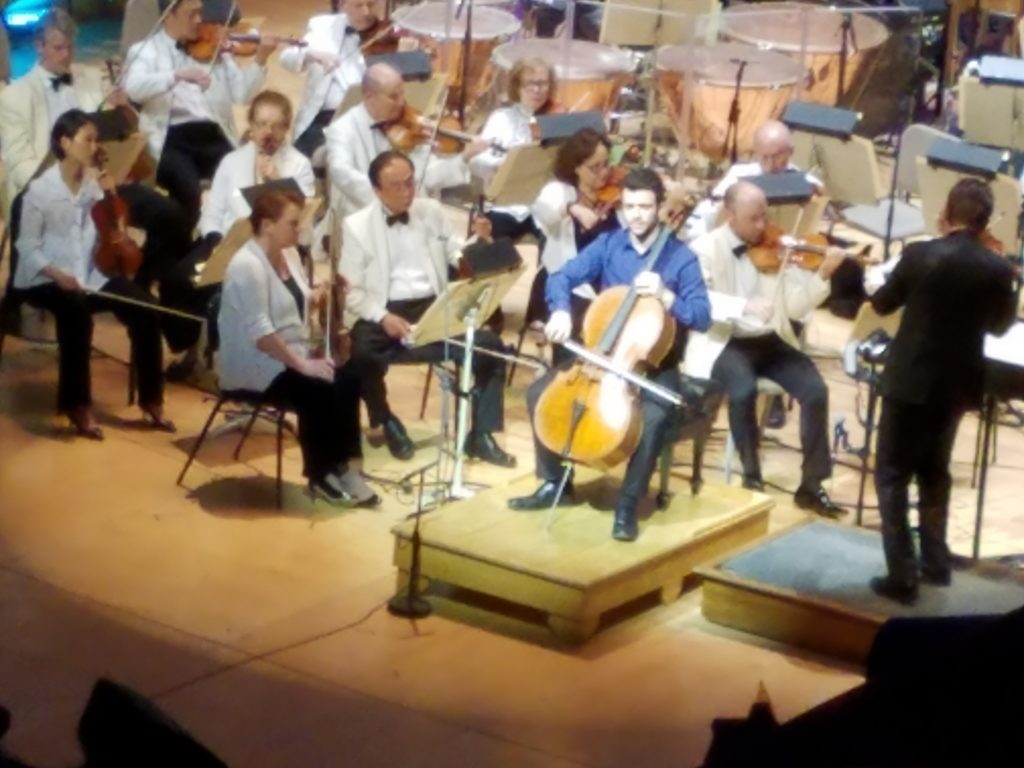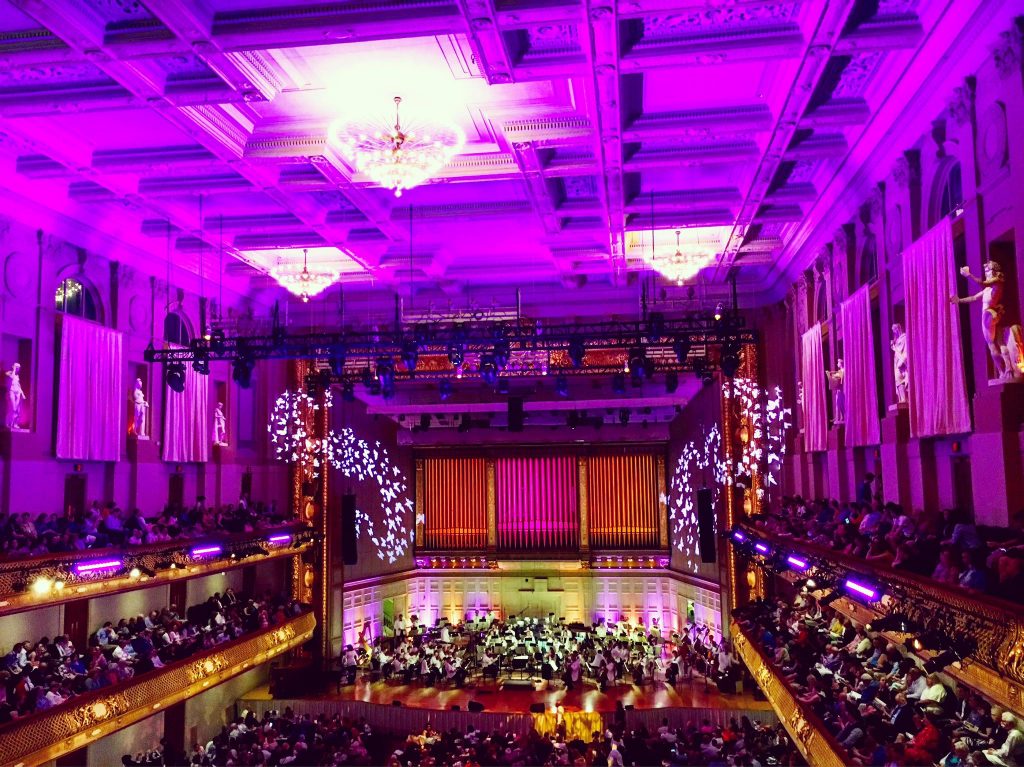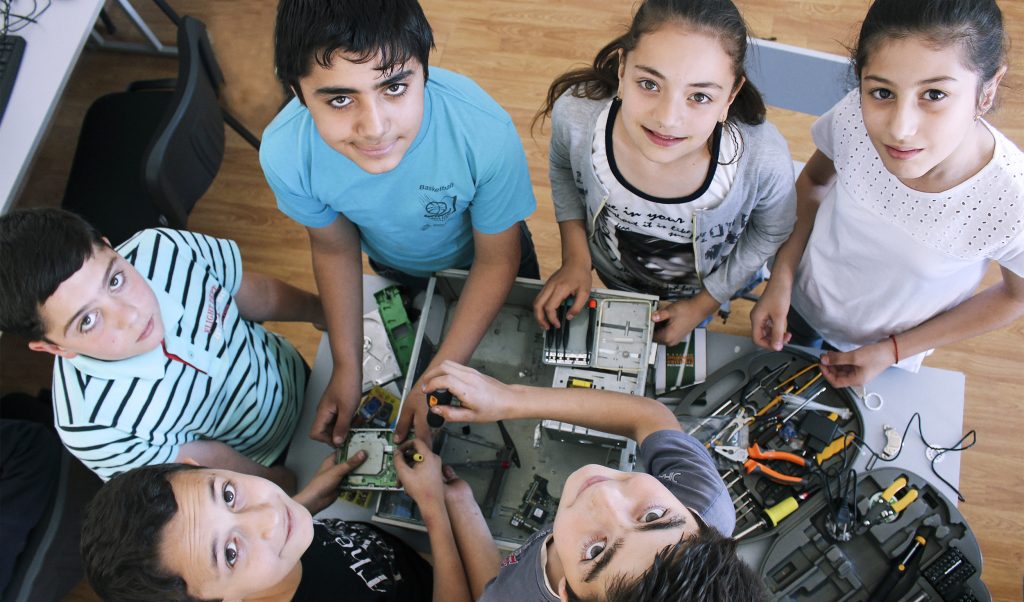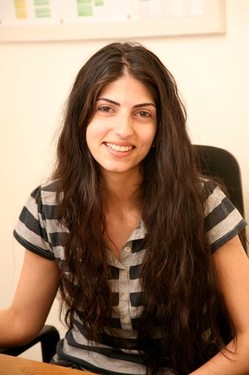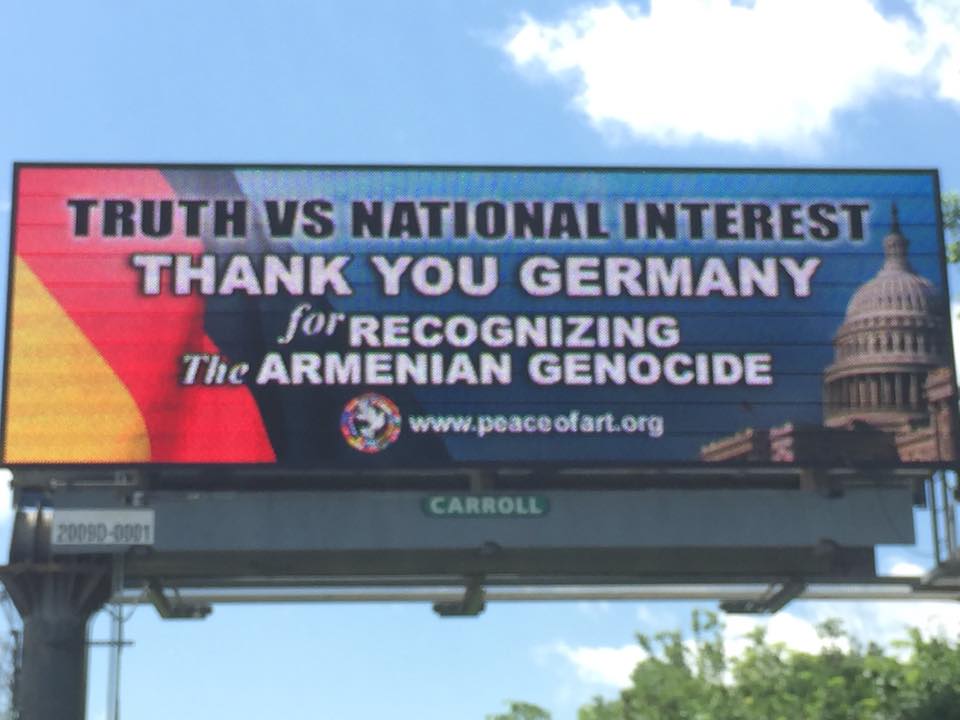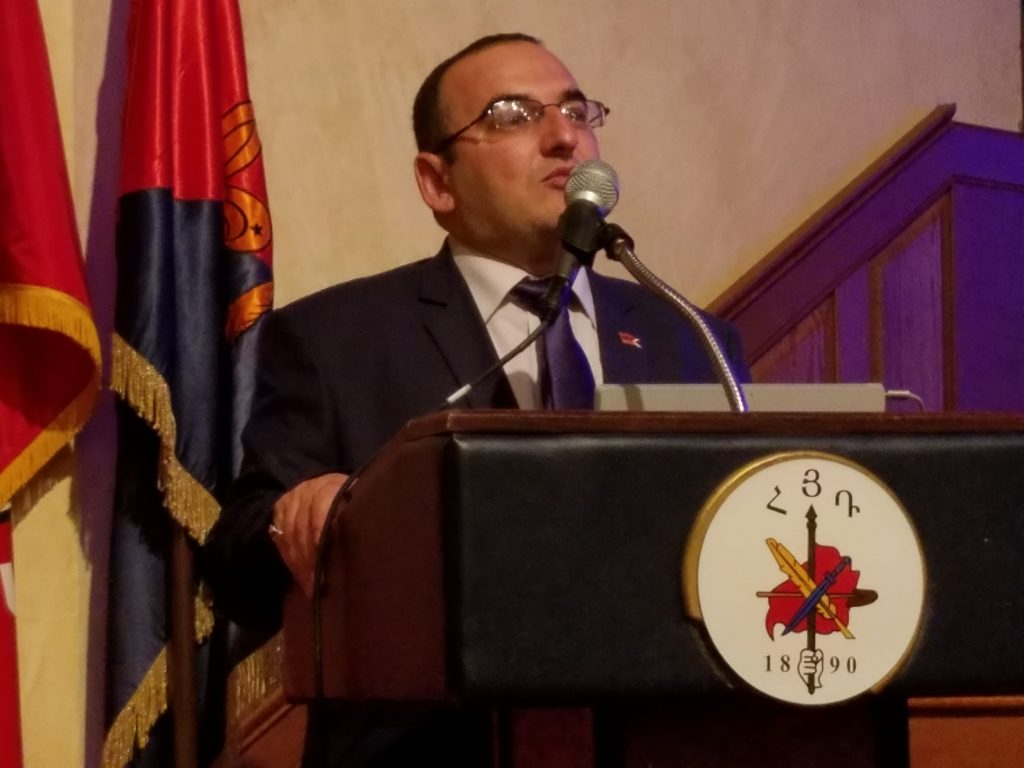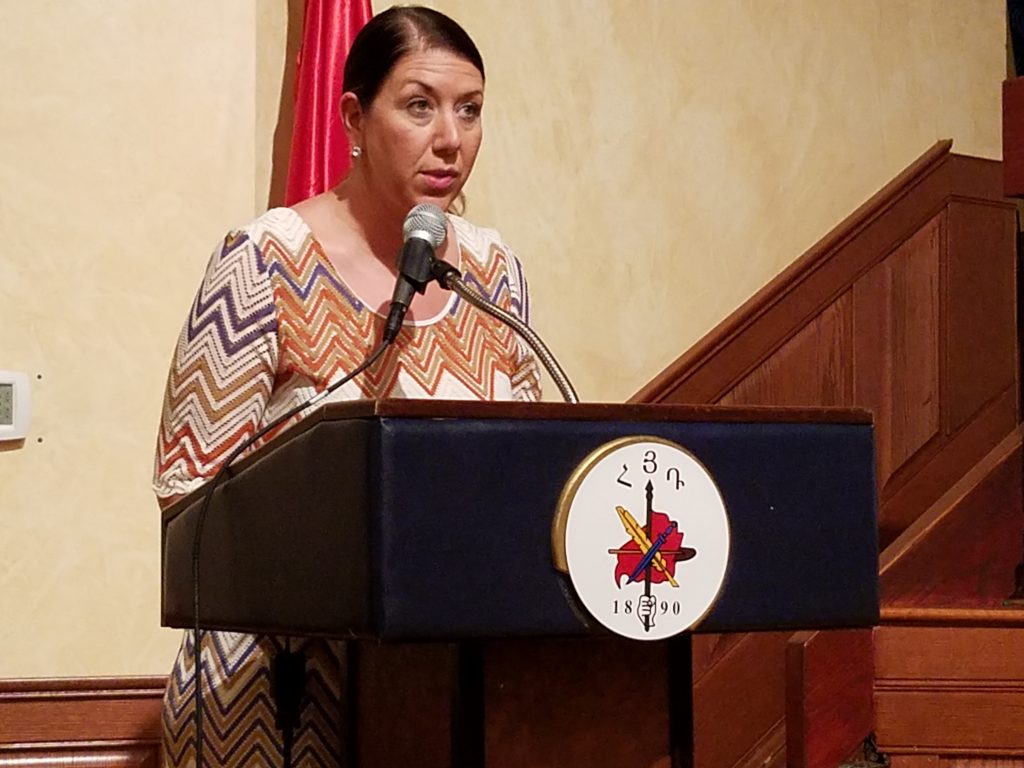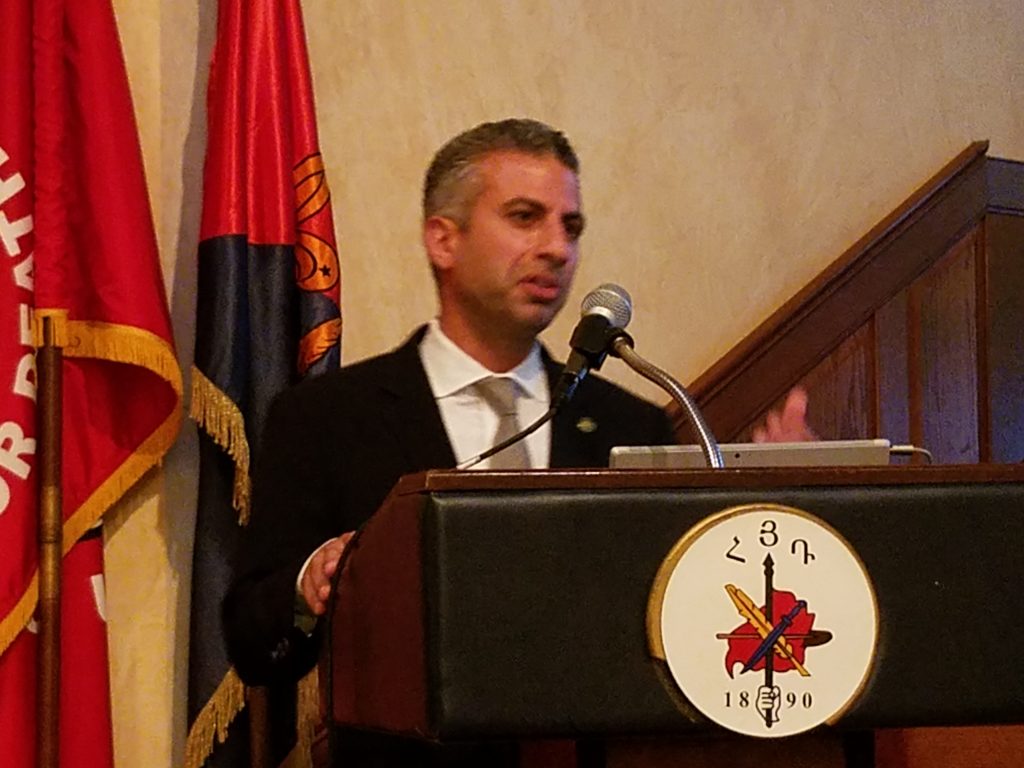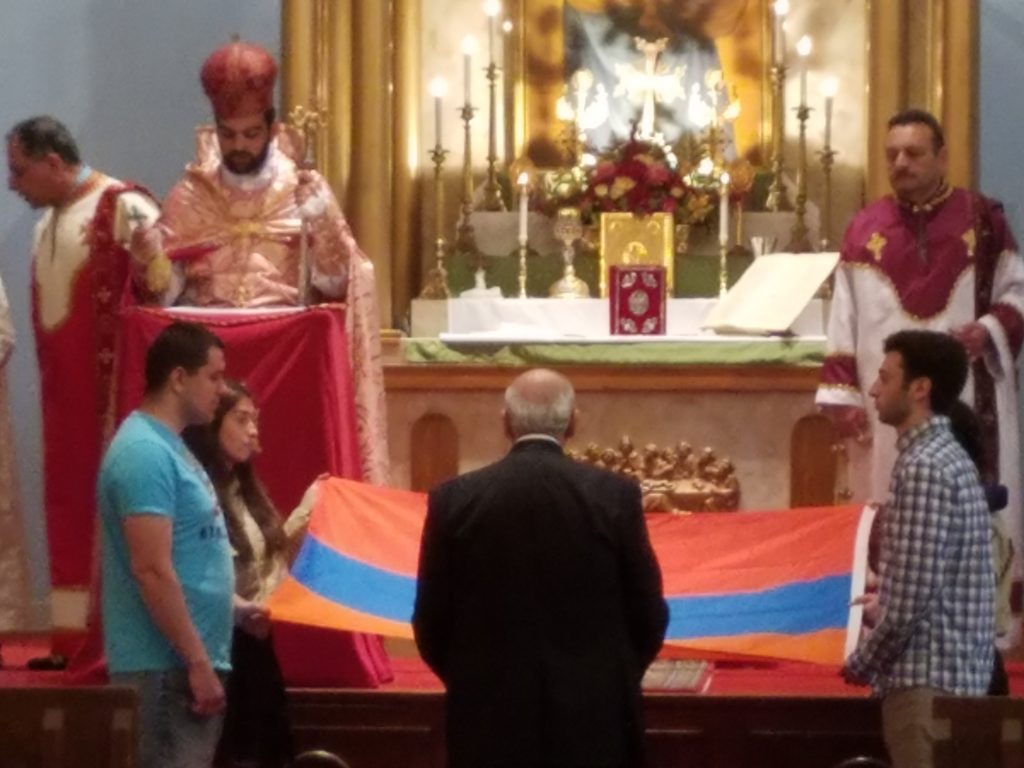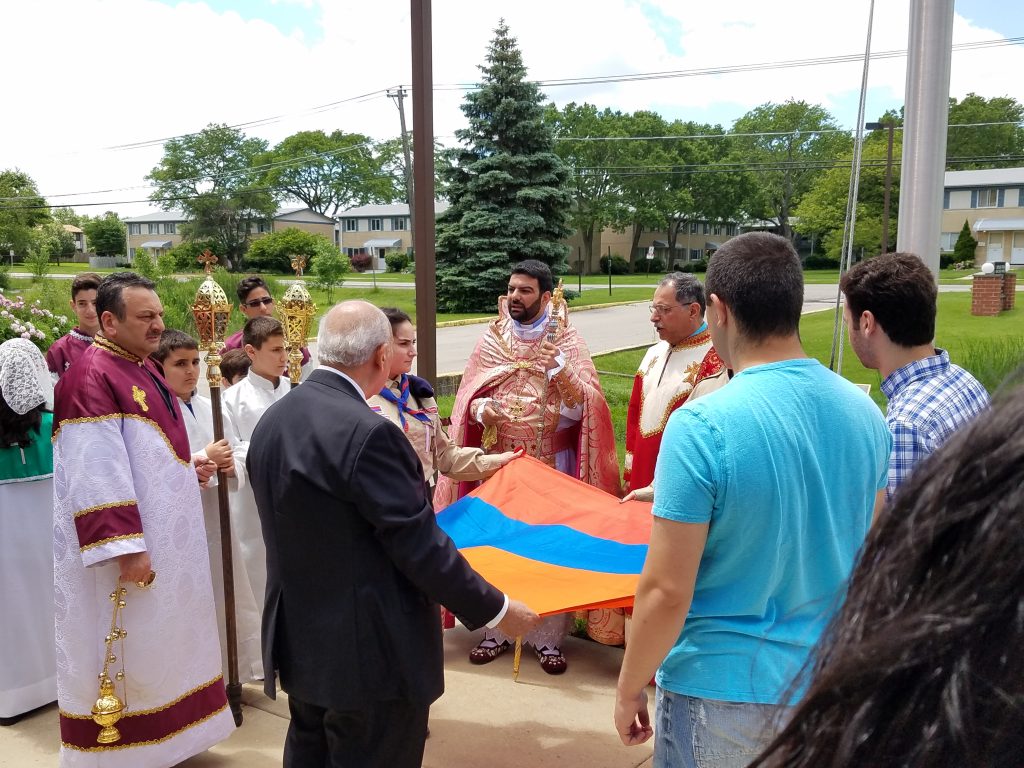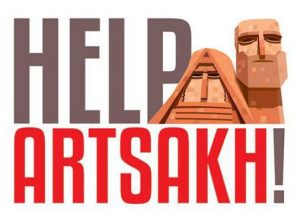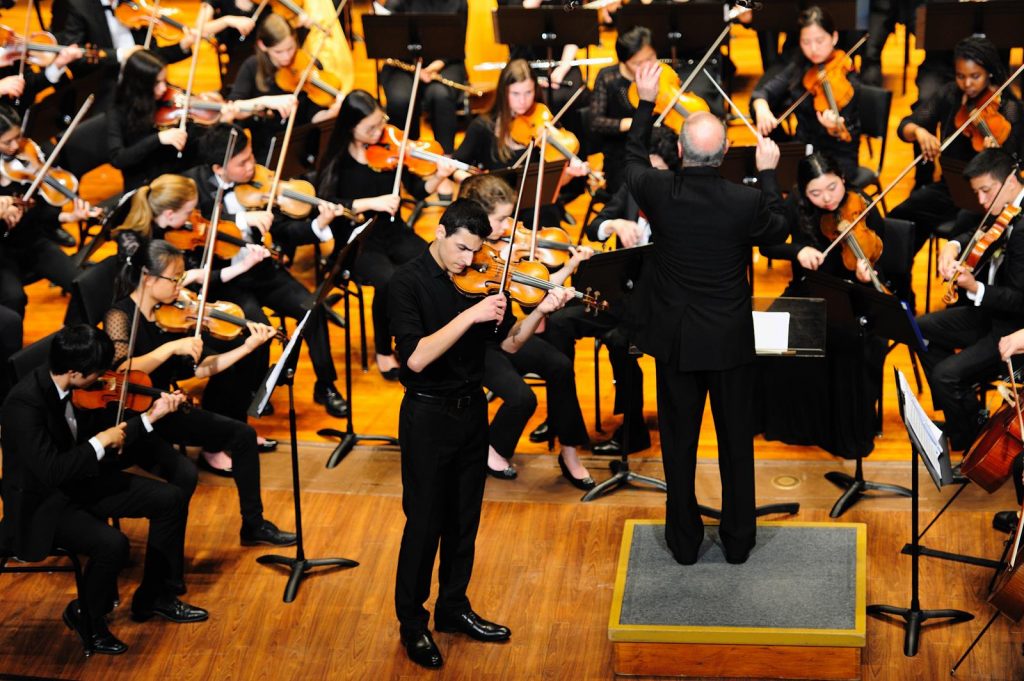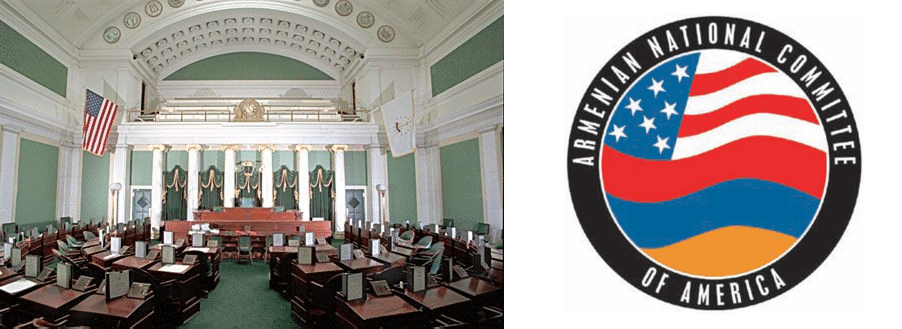The Armenian Relief Society (ARS) Cambridge “Shushi” Chapter celebrated Mother’s Day on May 7 with more than 200 guests in attendance. Guests from the Greater Boston community as well as from Providence, R.I., came together for an afternoon of humor and laughter with Dottie Bengoian.
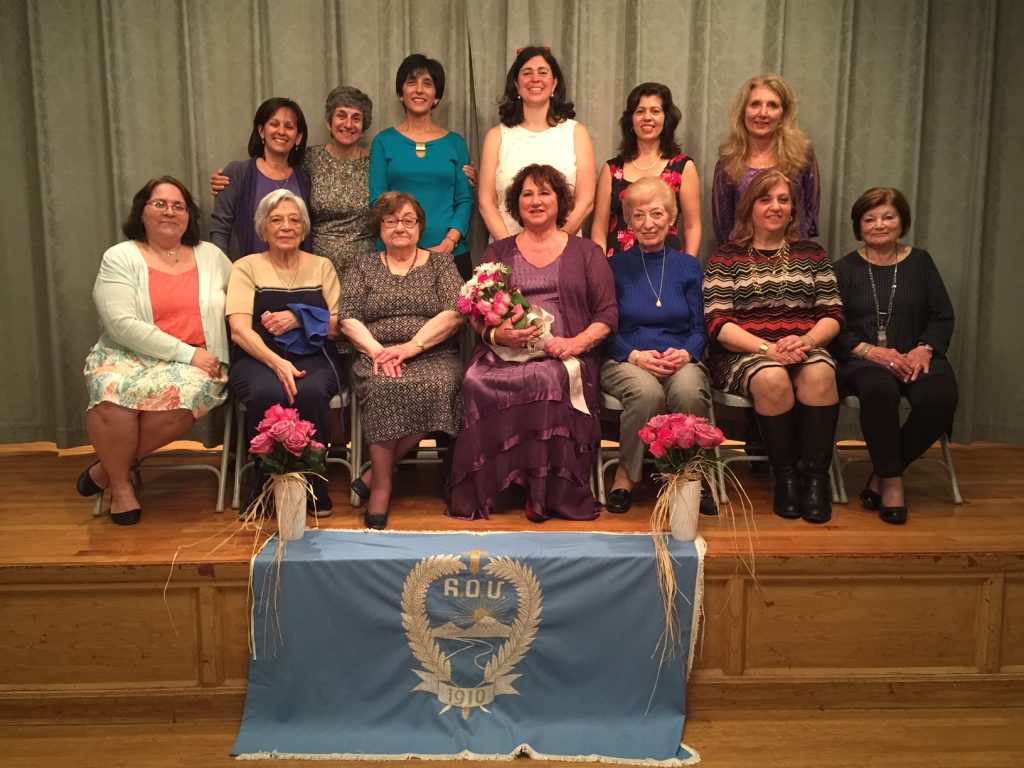
The ARS Cambridge ‘Shushi’ Chapter celebrated Mother’s Day on May 7 with more than 200 guests in attendance.
The event was full of excitement and laughter provided by the warm and witty Bengoian, who has been called the “First Lady of Armenian Comedy,” the “Armenian Queen of Comedy,” and the “Ambassador of Joy.” She is an educator, humorist, and motivational speaker and has been making audiences laugh for over 30 years. And she certainly did not disappoint. Everyone enjoyed her show.
A portion of the program was dedicated to the “Year of Service,” proclaimed by His Holiness Aram I, Catholicos of the Great House of Cilicia. “Shushi” chapter President Ungherouhi Heather Krafian hosted the program luncheon and congratulated all those in the room for their many years of dedicated service to the ARS and the Armenian nation, toasting “With the people, for the people!” She also noted that the ARS has been serving the Armenian community for 106 years.
Ungerouhis Rosemary Khachadoorian and Armen Lachinain-Ferrel were honored for their 40 years of service to the ARS Cambridge “Shushi” Chapter. As a token of appreciation for their service, the chapter presented them bouquets of flowers, as well as personalized ARS bangles. The bangles were the work of ARS Ungerouhi Nicole Alashaian from the Bergen County, N.J. Chapter. Unfortunately Khachadoorian was unable to attend, though a warm thank you letter of appreciation was read on her behalf to express her gratitude for the chapter’s acknowledgement of her 40 years of service, as well to announce her gift of $300 towards the ARS “Artsakh Fund.”
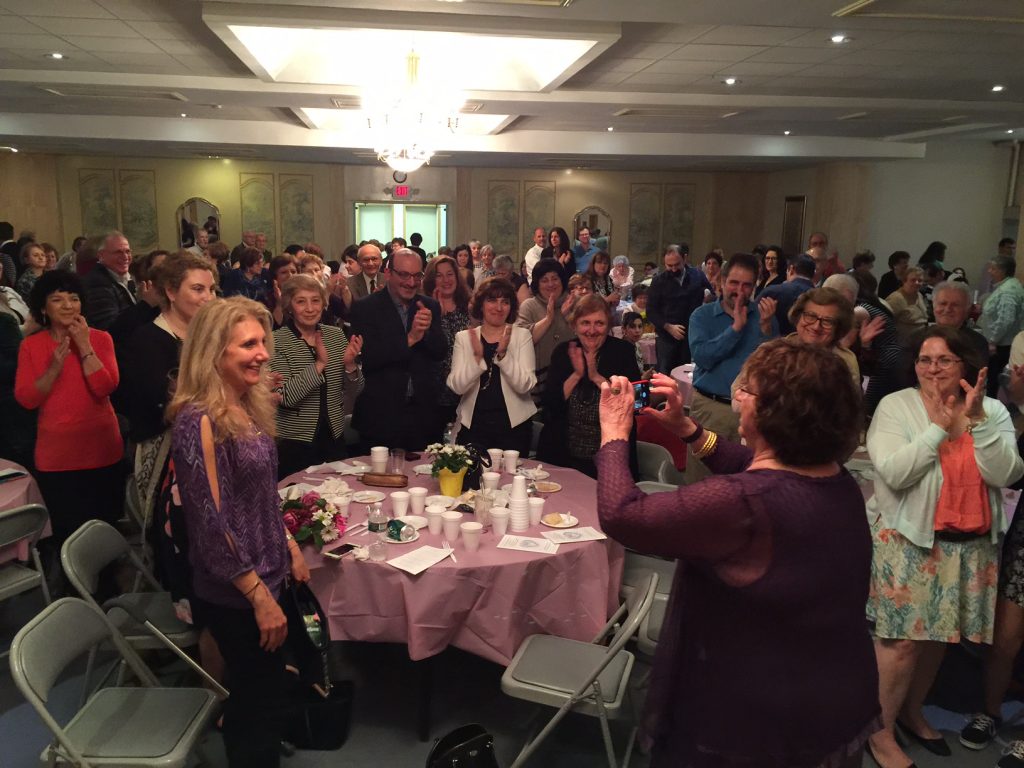
Guests from the Greater Boston community as well as from Providence, R.I., came together for an afternoon of humor and laughter with Dottie Bengoian.
Artsakh was on the minds of all those present. Everyone could contribute to the ARS Artsakh fund by making contributions of their choice to the bar for their beverages. About $775 was raised at the bar and the chapter will contribute another $225 for a total donation of $1,000 to the ARS “Artsakh Fund.” An additional $2,250 was collected from many generous donors and will be added to the fund on behalf of the ARS Cambridge “Shushi” Chapter.
The Mother’s Day raffle helped support the fundraising initiative for the ARS Sosse Kindergarten in Stepanakert, Artsakh. Thanks to the generosity of HR Jewelers for their diamond Ring donation (valued at $1,200) and Artinian Jewelers for their fresh water pearl necklace (valued at $550), over $1,300 was raised for the Sosse Kindergarten.
The Mother’s Day event was a huge success. Many charitable ARS projects will be well funded due to the generosity of all those in attendance. As Krafian mentioned in her closing remarks, the event is not merely a fundraiser but a “Friendraiser,” as noted at an ARS seminar event in March. Everyone in attendance became a friend of the ARS that afternoon, as everyone supported the ideals of the ARS through their generosity and support. Anyone who was not an ARS member was encouraged to join and help assist in the humanitarian, social, and educational needs of the Armenian community around the globe.
Joghovoortees Hed, Joghovoortees Hamar! (With the people, For the People!)
